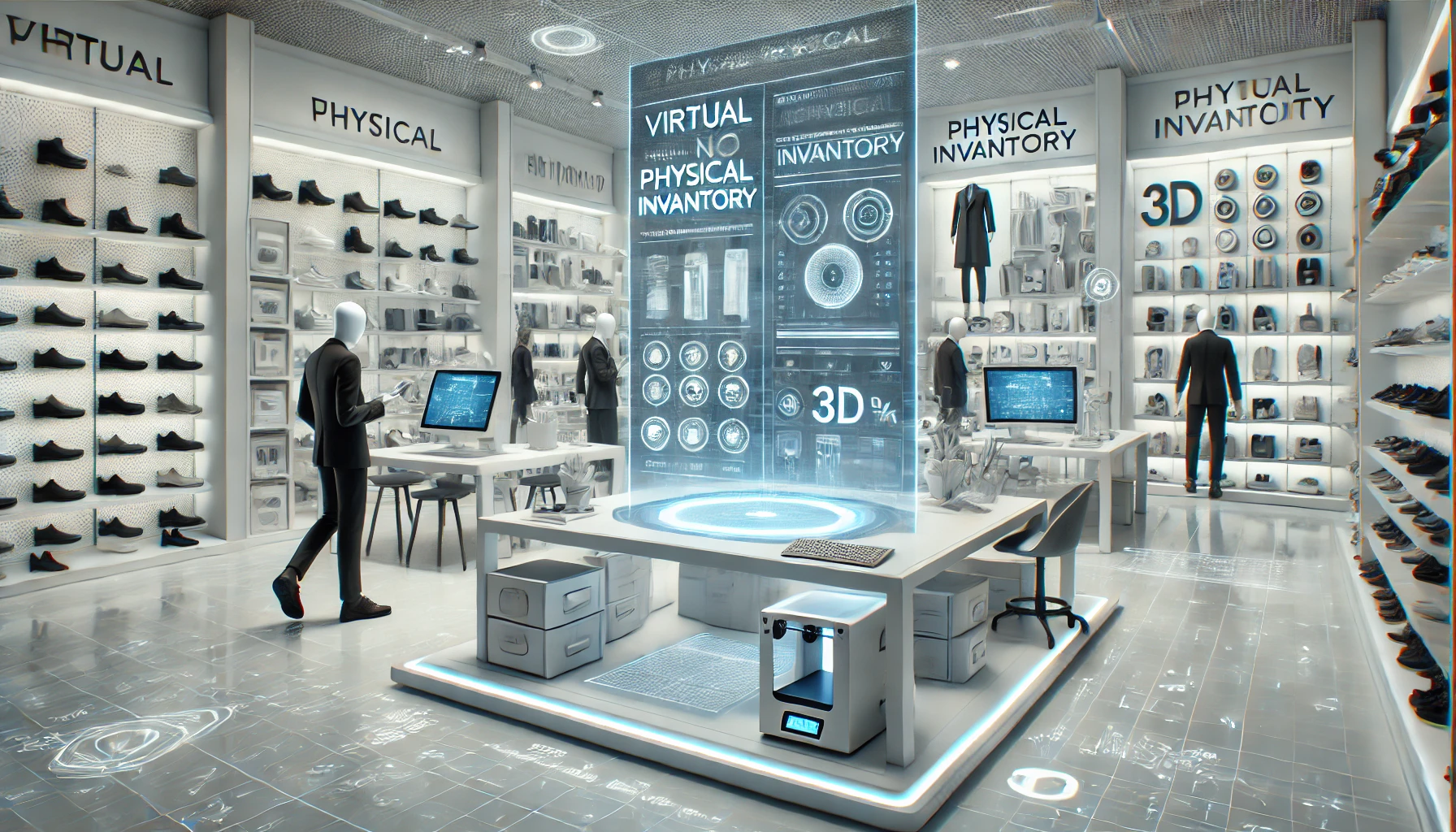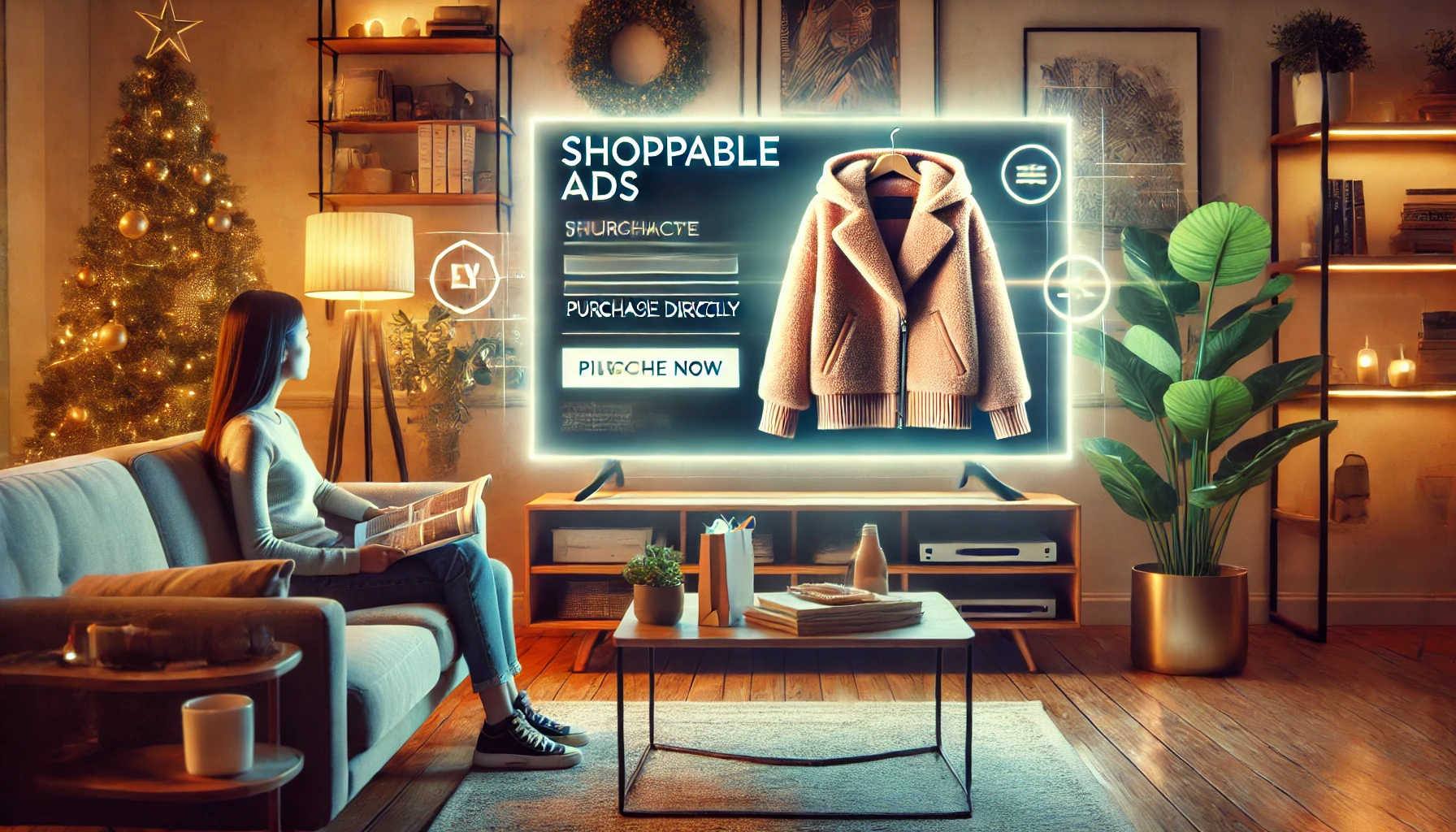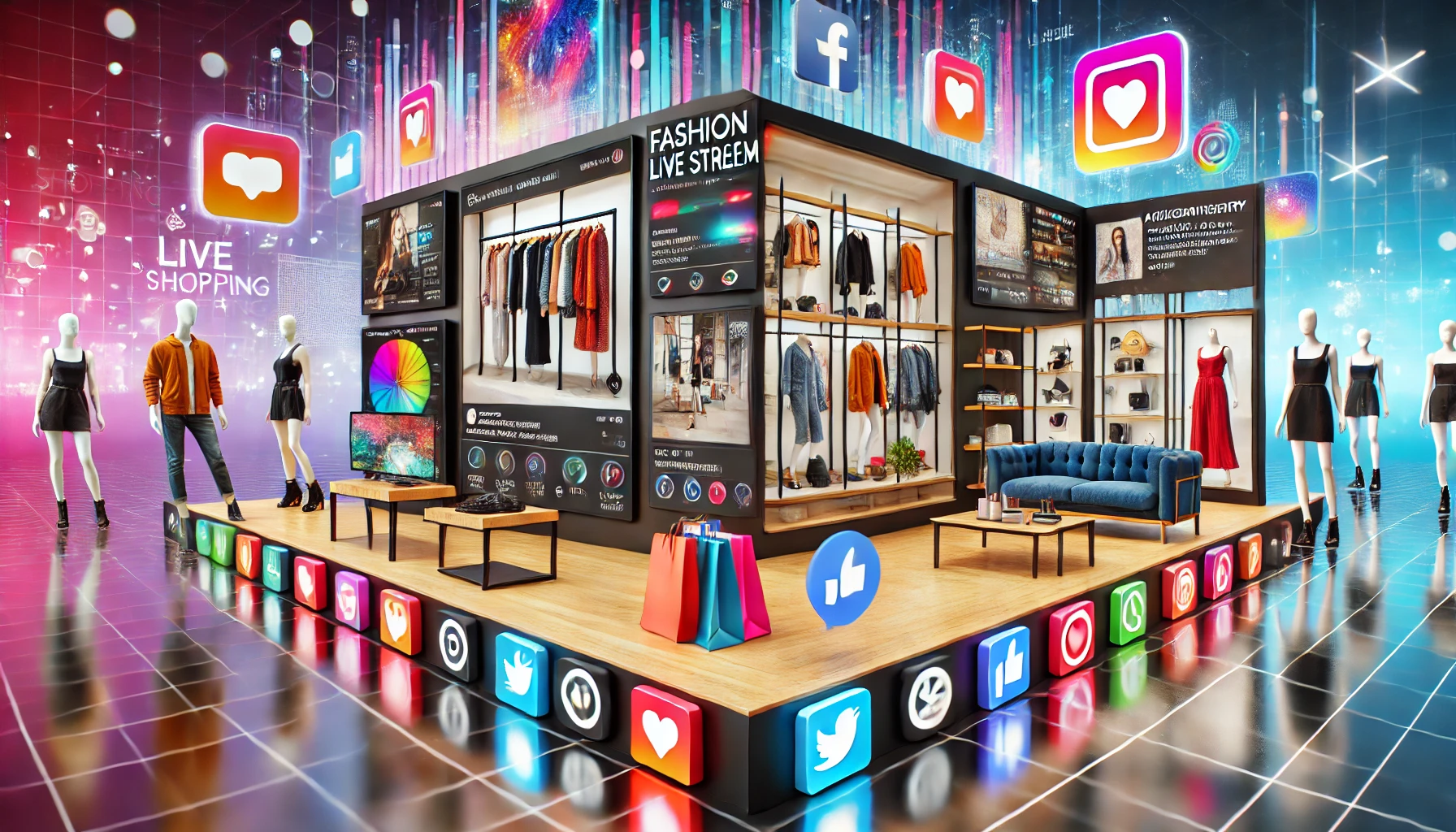In a rapidly evolving world where efficiency and sustainability are becoming paramount, the concept of zero-inventory stores presents a revolutionary approach to modern retail. Inspired by minimalist philosophies and futuristic narratives, these stores promise to transform how we shop by eliminating the need for physical inventory. Instead, customers can browse virtual catalogs and receive their purchases through advanced technologies such as 3D printing or centralized warehousing. This article delves deeper into the principles, benefits, and challenges of zero-inventory stores, offering a detailed vision of this innovative retail model.
The Core Concept of Zero-Inventory Stores
At the heart of zero-inventory stores is the idea of operating without physical stock. Rather than navigating aisles filled with products, customers interact with digital interfaces to explore an extensive range of virtual goods. Upon selecting their desired items, purchases are either manufactured on-demand using 3D printing technology or shipped from centralized warehouses.
Detailed Features and Advantages
1. Virtual Catalogs
Virtual catalogs serve as the primary interface for customers in zero-inventory stores. These digital platforms can be accessed through various means, including:
- In-Store Digital Displays: Interactive screens that allow customers to browse and select products.
- Augmented Reality (AR): Mobile apps or AR glasses that overlay product information onto the real world.
- Virtual Reality (VR): Immersive environments where customers can virtually walk through the store and interact with products.
Advantages:
- Extensive Product Range: Virtual catalogs are not limited by physical space, allowing for a vast selection of items.
- Customization Options: Customers can customize products in real-time, from colors and sizes to specific features and designs.
2. On-Demand Manufacturing
3D printing, also known as additive manufacturing, enables the creation of products layer by layer directly from digital designs. In zero-inventory stores, this technology can be utilized to produce items on-demand.
Advantages:
- Personalization: Products can be tailored to individual preferences, offering unique and bespoke items.
- Reduced Waste: On-demand production minimizes excess inventory and waste, as items are only made when ordered.
- Local Production: 3D printers can be located in-store or nearby, reducing transportation emissions and delivery times.
3. Centralized Warehousing and Just-in-Time Delivery
For products that cannot be 3D-printed, zero-inventory stores rely on centralized warehouses. These facilities stock a wide range of items, which are shipped to customers as soon as orders are placed.
Advantages:
- Inventory Efficiency: Centralized warehousing allows for better inventory management and reduced overstock.
- Speedy Delivery: Just-in-time delivery systems ensure quick shipment of products, often within a day or two.
- Cost Savings: Centralized storage reduces the need for large retail spaces and the associated costs of maintaining them.
Enhanced Customer Experience
1. Immersive Shopping
The integration of AR and VR creates an engaging and immersive shopping experience. Customers can virtually try on clothes, see how furniture looks in their homes, or explore different configurations of a product.
Benefits:
- Realistic Visualization: Customers get a realistic sense of the product before purchase, reducing uncertainty.
- Interactive Features: Virtual fitting rooms and customizable options enhance the shopping experience.
2. Convenience and Accessibility
Zero-inventory stores can offer greater convenience and accessibility. With smaller retail spaces or even purely online platforms, these stores can be located in high-traffic urban areas or accessed from anywhere with an internet connection.
Benefits:
- 24/7 Shopping: Online virtual catalogs allow for shopping at any time.
- Urban Accessibility: Smaller stores can be situated in city centers, making them more accessible to urban dwellers.
Sustainability Impact
Zero-inventory stores align with the growing emphasis on sustainability in retail. By reducing the need for large physical spaces and minimizing waste through on-demand manufacturing and efficient inventory management, these stores contribute to a more eco-friendly retail ecosystem.
1. Reduced Carbon Footprint
- Local Production: On-demand 3D printing can be done locally, cutting down on transportation emissions.
- Efficient Warehousing: Centralized warehouses optimize inventory and reduce the need for multiple distribution centers.
2. Minimized Waste
- On-Demand Production: Only producing items when they are ordered eliminates excess inventory and reduces waste.
- Recyclable Materials: Many 3D printing processes use recyclable materials, further contributing to sustainability.
Challenges and Considerations
While zero-inventory stores offer numerous advantages, several challenges must be addressed to realize their full potential.
1. Technological Dependence
The success of zero-inventory stores relies heavily on advanced technologies such as 3D printing, AR/VR, and efficient logistics systems.
Challenges:
- High Initial Costs: Significant investment is required to develop and maintain these technologies.
- Continuous Innovation: Ongoing innovation and updates are necessary to keep the technology relevant and efficient.
2. Customer Adaptation
Transitioning from traditional shopping to a fully digital and virtual experience may take time and effort for some customers.
Challenges:
- Learning Curve: Customers may need time to adapt to new shopping interfaces and technologies.
- Digital Divide: Ensuring accessibility for all customers, including those who are less tech-savvy or lack access to advanced devices.
3. Quality Control
Maintaining high-quality standards for 3D-printed products and items shipped from centralized warehouses is crucial.
Challenges:
- Consistency: Ensuring consistent quality across different batches of 3D-printed items.
- Return Policies: Establishing effective return and exchange policies for customized or on-demand products.
The Future of Zero-Inventory Stores
As technology continues to advance and consumer preferences evolve, zero-inventory stores have the potential to become a mainstream retail model. These stores represent a significant shift towards a more efficient, sustainable, and personalized shopping experience. With the right investments and strategies, the challenges can be overcome, paving the way for a new era in retail.
Zero-inventory stores offer a glimpse into the future of retail, where physical stock is replaced by virtual catalogs, on-demand manufacturing, and centralized warehousing. This innovative approach promises numerous benefits, including reduced retail space, enhanced customer experiences, and greater sustainability. While challenges remain, the potential for zero-inventory stores to transform the retail landscape is immense. As we continue to innovate and adapt, these stores could become a cornerstone of modern retail, offering a more efficient, personalized, and eco-friendly way to shop.




